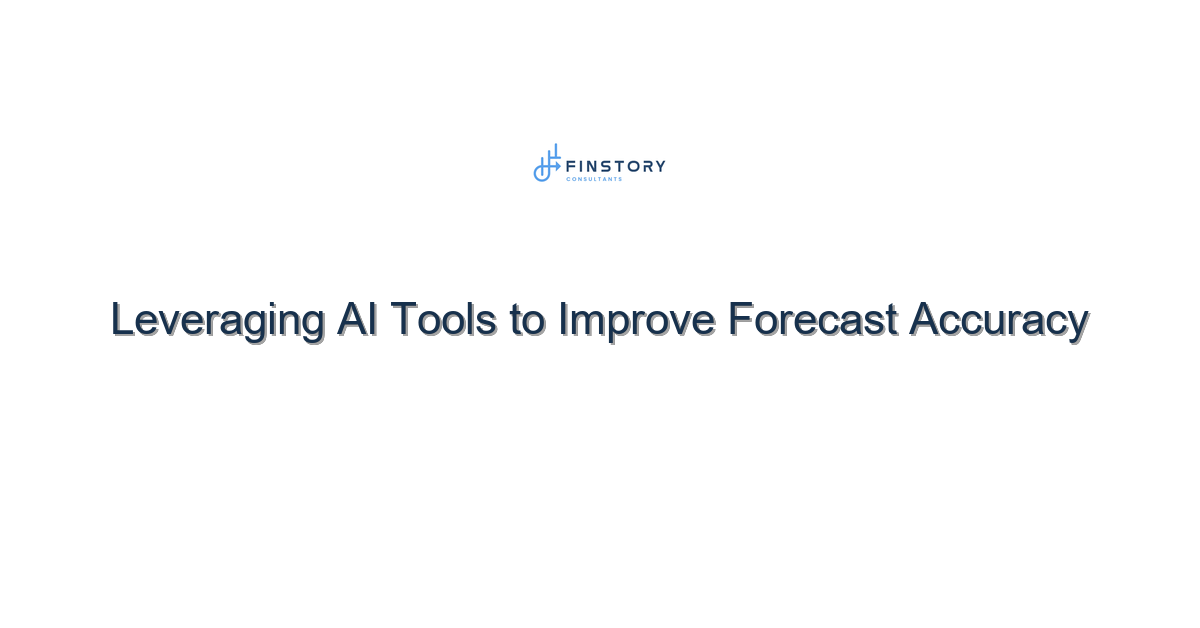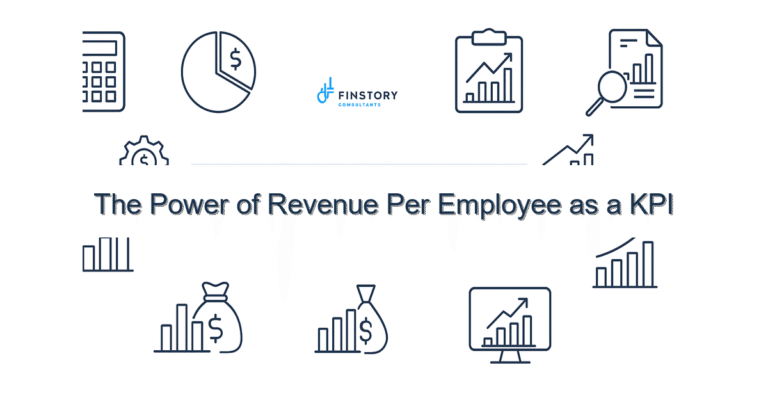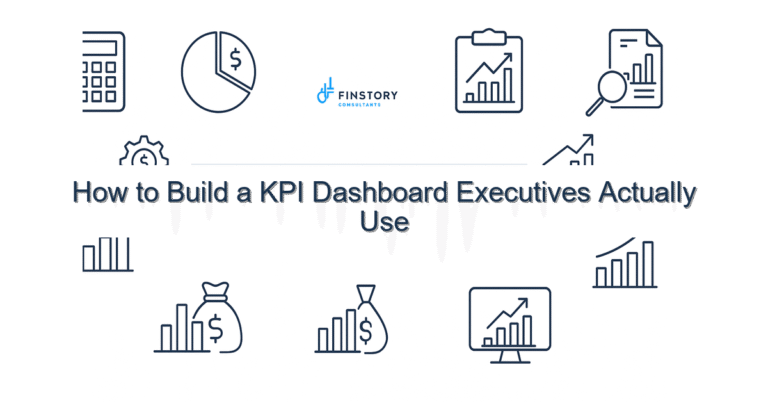Leveraging AI Tools to Improve Forecast Accuracy
In today’s fast-paced healthcare landscape, accurate forecasting isn’t just beneficial; it’s essential. Leaders must harness AI tools to enhance accuracy and optimize decision-making. The stakes are high, and the time to act is now.
Summary: Implementing AI-driven tools can significantly improve forecast accuracy, enabling healthcare finance leaders to achieve targets, streamline operations, and ultimately enhance patient care. Let’s explore the steps to leverage this technology effectively.
What’s the real problem?
Many healthcare organizations struggle with outdated forecasting methods that lead to inefficiencies and missed opportunities. Inaccurate forecasts can skew resource allocation, jeopardizing patient care and financial stability.
- Consistent missed financial targets.
- Delayed approvals and decision-making.
- Inability to predict patient care demands accurately.
- Overlooked cost-saving opportunities.
What leaders get wrong
It’s a common misconception that traditional methods yield sufficient data for effective decision-making. Many leaders believe manual processes are thorough enough, but this often results in accumulated errors. Underestimating the power of AI tools can lead to stagnant practices that stifle growth and innovation.
A better approach
Adopting a structured, AI-driven forecasting approach can revolutionize your operations. Here’s a simple framework to guide your efforts:
- Step 1: Assess Your Current Process: Identify gaps in your existing forecasting methods.
- Step 2: Define Data Needs: Determine what data you need for accurate predictions.
- Step 3: Choose the Right Tools: Select AI solutions that fit your organization (think finance automation and Power BI).
- Step 4: Train Your Team: Equip your staff with skills to interpret data generated by AI.
- Step 5: Monitor and Optimize: Continuously evaluate forecast accuracy and make adjustments as needed.
For example, a mid-sized hospital implemented AI tools and improved their forecast accuracy by 20% within six months, leading to better resource allocation and cost savings of around $1 million annually.
Implementation checklist
- Review your current forecasting methods.
- Conduct a data audit to identify gaps.
- Engage with vendors offering AI forecasting tools.
- Develop a training plan for your finance and operations teams.
- Set clear KPIs to measure success.
- Initiate a pilot project for testing AI tools.
- Gather feedback from team members on the new processes.
- Adjust your strategies based on pilot outcomes.
- Document lessons learned to inform future initiatives.
- Establish a long-term review schedule to reassess forecasting effectiveness.
What good looks like
- Improved forecast accuracy—aim for a deviation rate of less than 5%.
- Decreased cycle time for financial reporting.
- Increased financial ROI from more informed decision-making.
- Enhanced ability to meet patient care demand with adequate resources.
Risks & how to de-risk
- Risk 1: Data quality issues. Mitigation: Conduct thorough data audits before implementation.
- Risk 2: Staff resistance to new technology. Mitigation: Invest in comprehensive training and highlight benefits.
- Risk 3: Over-reliance on AI. Mitigation: Keep human oversight in decision-making processes.
Tools & data
Incorporating finance automation and tools like Power BI can streamline your financial reporting and leadership analytics. Such tools enable you to visualize data effectively, making it easier to derive actionable insights and track performance metrics.
Next steps
Work with Finstory. If you want this done right—tailored to your operations—we’ll map the process, stand up the dashboards, and train your team. Let’s talk about your goals.
📞 Ready to take the next step?
Book a 20-min call with our experts and see how we can help your team move faster.
Prefer email or phone? Write to info@finstory.net
or call +91 44-45811170.






